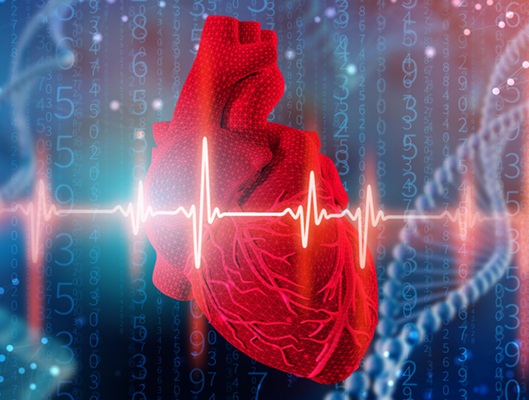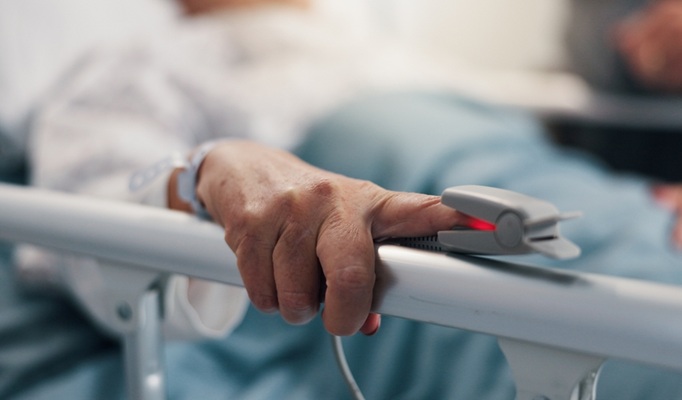New Grafting Material Made from Sea Urchin Spines
|
By HospiMedica International staff writers Posted on 11 Apr 2017 |
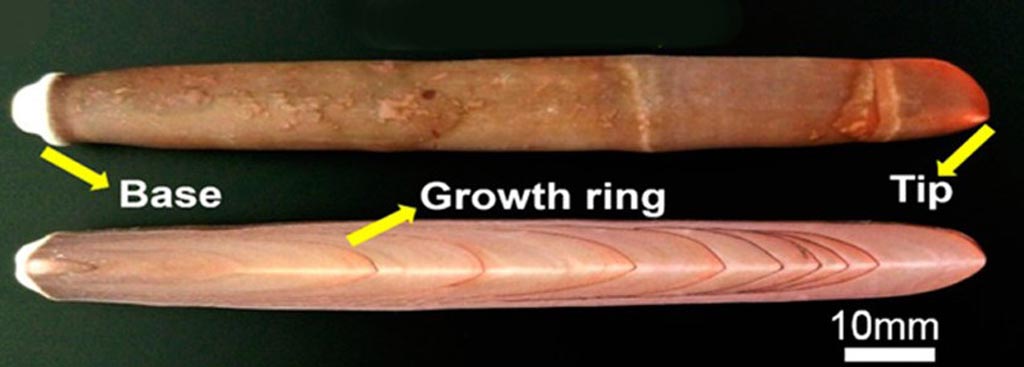
Image: A new study claims sea urchin spines can be used to form biodegradable bone implants (Photo courtesy of ACS).
Sea urchin spines possess superior material properties that could be used for the production of biodegradable artificial grafts for bone defect repair, claims a new study.
Researchers at the Institute of Metal Research (IMR) of the Chinese Academy of Sciences, the University of Science and Technology of China, and other institutions conducted a study to explore the potential applications of sea urchin (Heterocentrotus mammillatus) spines, which have a hierarchical open-cell structure similar to that of human trabecular bone, but also hold superior compressive strength (∼43.4 MPa), and are suitable for machining to a specified shape and size.
Finite element analysis revealed that compressive stress concentrates along the dense growth rings and dissipates through strut structures of the stereoms, indicating a mesostructure that plays an important role in the urchin spines high strength-to-weight ratios. Using a hydrothermal reaction, the researchers converted the spines to biodegradable magnesium-substituted tricalcium phosphate (β-TCMP) scaffolds, while still maintaining the spines' original interconnected, porous structure. The fracture strength of the hydrothermally converted β-TCMP scaffolds was ∼9.3 MPa, comparable to that of human trabecular bone.
Tests conducted on rabbits and beagles showed that bone cells and nutrients could flow through the pores and promote bone formation. Also, the scaffold degraded easily as it was replaced by the new growth. New bone formed along outer surfaces of the β-TCMP scaffolds one month after implantation, and grew into the inner open-cell spaces within three months. Fusion of the beagle lumbar facet joints using a Ti-6Al-4V cage and β-TCMP scaffold showed near complete degradation and replacement by newly formed bone ten months after implantation. The study was published on March 2, 2017, in ACS Applied Materials & Interfaces.
Marine calcium carbonate (CaCO3) skeletons have tailored architectures created by nature, which give them structural support and other functions. For example, seashells have dense lamellar structures, while coral, cuttlebone, and sea urchin spines have interconnected porous structures.
Researchers at the Institute of Metal Research (IMR) of the Chinese Academy of Sciences, the University of Science and Technology of China, and other institutions conducted a study to explore the potential applications of sea urchin (Heterocentrotus mammillatus) spines, which have a hierarchical open-cell structure similar to that of human trabecular bone, but also hold superior compressive strength (∼43.4 MPa), and are suitable for machining to a specified shape and size.
Finite element analysis revealed that compressive stress concentrates along the dense growth rings and dissipates through strut structures of the stereoms, indicating a mesostructure that plays an important role in the urchin spines high strength-to-weight ratios. Using a hydrothermal reaction, the researchers converted the spines to biodegradable magnesium-substituted tricalcium phosphate (β-TCMP) scaffolds, while still maintaining the spines' original interconnected, porous structure. The fracture strength of the hydrothermally converted β-TCMP scaffolds was ∼9.3 MPa, comparable to that of human trabecular bone.
Tests conducted on rabbits and beagles showed that bone cells and nutrients could flow through the pores and promote bone formation. Also, the scaffold degraded easily as it was replaced by the new growth. New bone formed along outer surfaces of the β-TCMP scaffolds one month after implantation, and grew into the inner open-cell spaces within three months. Fusion of the beagle lumbar facet joints using a Ti-6Al-4V cage and β-TCMP scaffold showed near complete degradation and replacement by newly formed bone ten months after implantation. The study was published on March 2, 2017, in ACS Applied Materials & Interfaces.
Marine calcium carbonate (CaCO3) skeletons have tailored architectures created by nature, which give them structural support and other functions. For example, seashells have dense lamellar structures, while coral, cuttlebone, and sea urchin spines have interconnected porous structures.
Latest Surgical Techniques News
- Robotic Assistant Delivers Ultra-Precision Injections with Rapid Setup Times
- Minimally Invasive Endoscopic Surgery Improves Severe Stroke Outcomes
- Novel Glue Prevents Complications After Breast Cancer Surgery
- Breakthrough Brain Implant Enables Safer and More Precise Drug Delivery
- Bioadhesive Sponge Stops Uncontrolled Internal Bleeding During Surgery
- Revolutionary Nano Bone Material to Accelerate Surgery and Healing
- Superior Orthopedic Implants Combat Infections and Quicken Healing After Surgery
- Laser-Based Technique Eliminates Pancreatic Tumors While Protecting Healthy Tissue
- Surgical Treatment of Severe Carotid Artery Stenosis Benefits Blood-Brain Barrier
- Revolutionary Reusable Duodenoscope Introduces 68-Minute Sterilization
- World's First Transcatheter Smart Implant Monitors and Treats Congestion in Heart Failure
- Hybrid Endoscope Marks Breakthrough in Surgical Visualization
- Robot-Assisted Bronchoscope Diagnoses Tiniest and Hardest to Reach Lung Tumors
- Diamond-Titanium Device Paves Way for Smart Implants that Warn of Disease Progression
- 3D Printable Bio-Active Glass Could Serve as Bone Replacement Material
- Spider-Inspired Magnetic Soft Robots to Perform Minimally Invasive GI Tract Procedures
Channels
Critical Care
view channel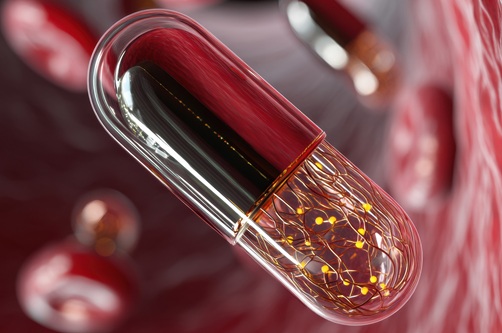
Ingestible Capsule Monitors Intestinal Inflammation
Acute mesenteric ischemia—a life-threatening condition caused by blocked blood flow to the intestines—remains difficult to diagnose early because its symptoms often mimic common digestive problems.... Read more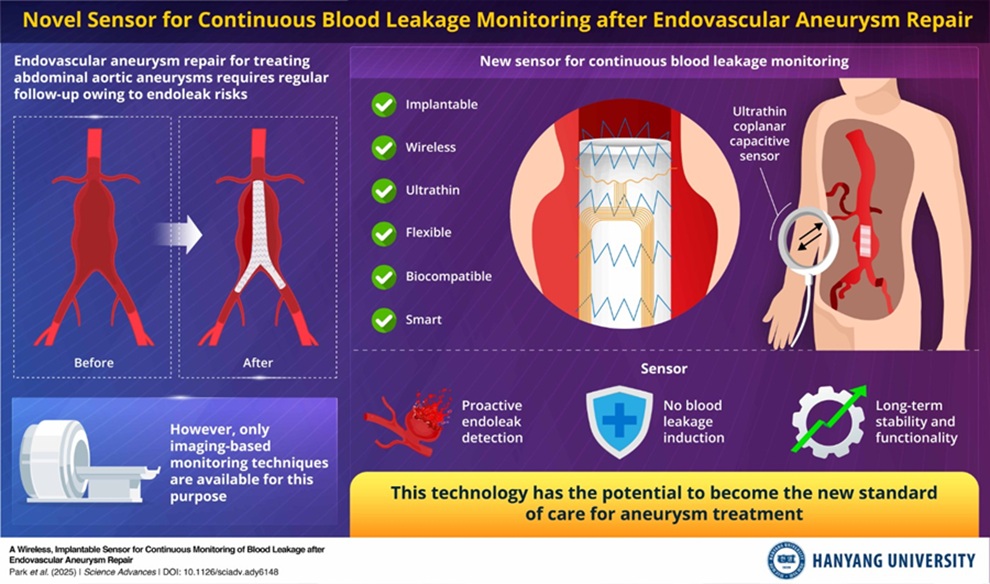
Wireless Implantable Sensor Enables Continuous Endoleak Monitoring
Endovascular aneurysm repair (EVAR) is a life-saving, minimally invasive treatment for abdominal aortic aneurysms—balloon-like bulges in the aorta that can rupture with fatal consequences.... Read more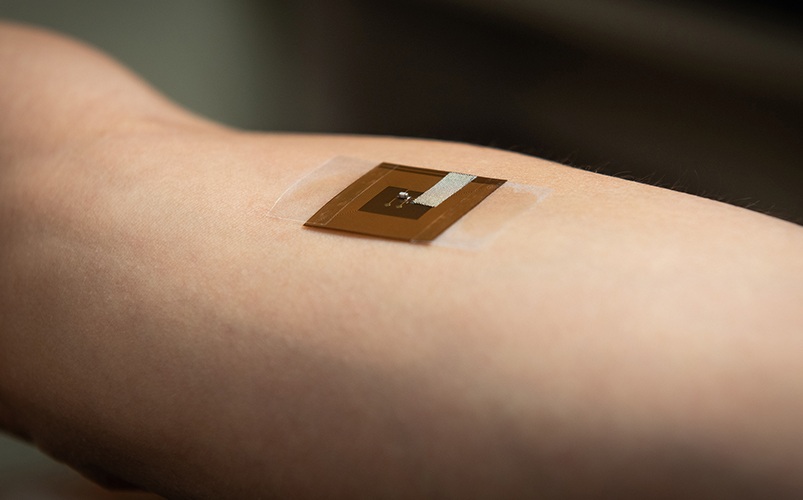
Wearable Patch for Early Skin Cancer Detection to Reduce Unnecessary Biopsies
Skin cancer remains one of the most dangerous and common cancers worldwide, with early detection crucial for improving survival rates. Traditional diagnostic methods—visual inspections, imaging, and biopsies—can... Read morePatient Care
view channel
Revolutionary Automatic IV-Line Flushing Device to Enhance Infusion Care
More than 80% of in-hospital patients receive intravenous (IV) therapy. Every dose of IV medicine delivered in a small volume (<250 mL) infusion bag should be followed by subsequent flushing to ensure... Read more
VR Training Tool Combats Contamination of Portable Medical Equipment
Healthcare-associated infections (HAIs) impact one in every 31 patients, cause nearly 100,000 deaths each year, and cost USD 28.4 billion in direct medical expenses. Notably, up to 75% of these infections... Read more
Portable Biosensor Platform to Reduce Hospital-Acquired Infections
Approximately 4 million patients in the European Union acquire healthcare-associated infections (HAIs) or nosocomial infections each year, with around 37,000 deaths directly resulting from these infections,... Read moreFirst-Of-Its-Kind Portable Germicidal Light Technology Disinfects High-Touch Clinical Surfaces in Seconds
Reducing healthcare-acquired infections (HAIs) remains a pressing issue within global healthcare systems. In the United States alone, 1.7 million patients contract HAIs annually, leading to approximately... Read moreHealth IT
view channel
Printable Molecule-Selective Nanoparticles Enable Mass Production of Wearable Biosensors
The future of medicine is likely to focus on the personalization of healthcare—understanding exactly what an individual requires and delivering the appropriate combination of nutrients, metabolites, and... Read moreBusiness
view channel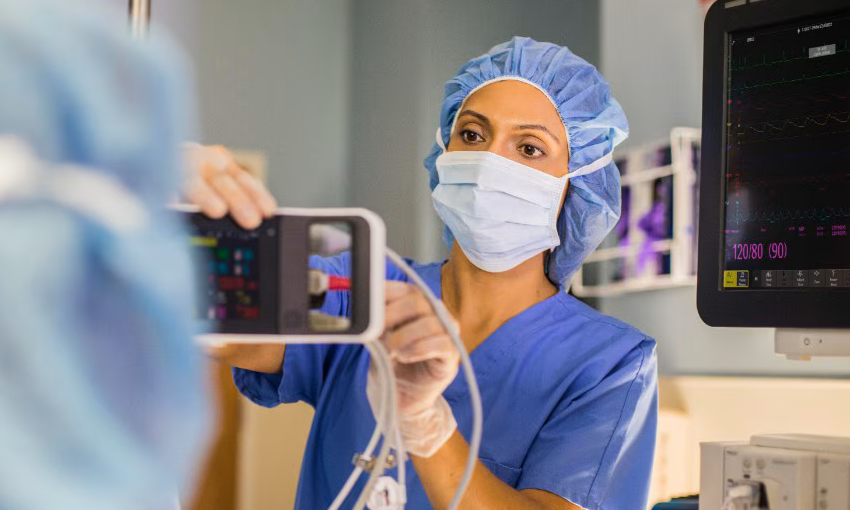
Philips and Masimo Partner to Advance Patient Monitoring Measurement Technologies
Royal Philips (Amsterdam, Netherlands) and Masimo (Irvine, California, USA) have renewed their multi-year strategic collaboration, combining Philips’ expertise in patient monitoring with Masimo’s noninvasive... Read more
B. Braun Acquires Digital Microsurgery Company True Digital Surgery
The high-end microsurgery market in neurosurgery, spine, and ENT is undergoing a significant transformation. Traditional analog microscopes are giving way to digital exoscopes, which provide improved visualization,... Read more
CMEF 2025 to Promote Holistic and High-Quality Development of Medical and Health Industry
The 92nd China International Medical Equipment Fair (CMEF 2025) Autumn Exhibition is scheduled to be held from September 26 to 29 at the China Import and Export Fair Complex (Canton Fair Complex) in Guangzhou.... Read more